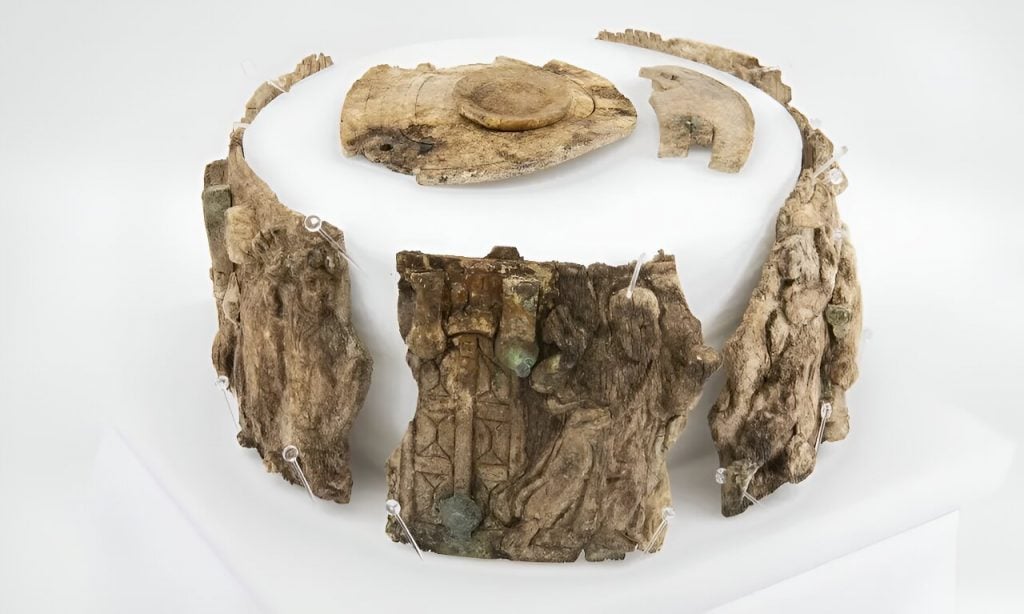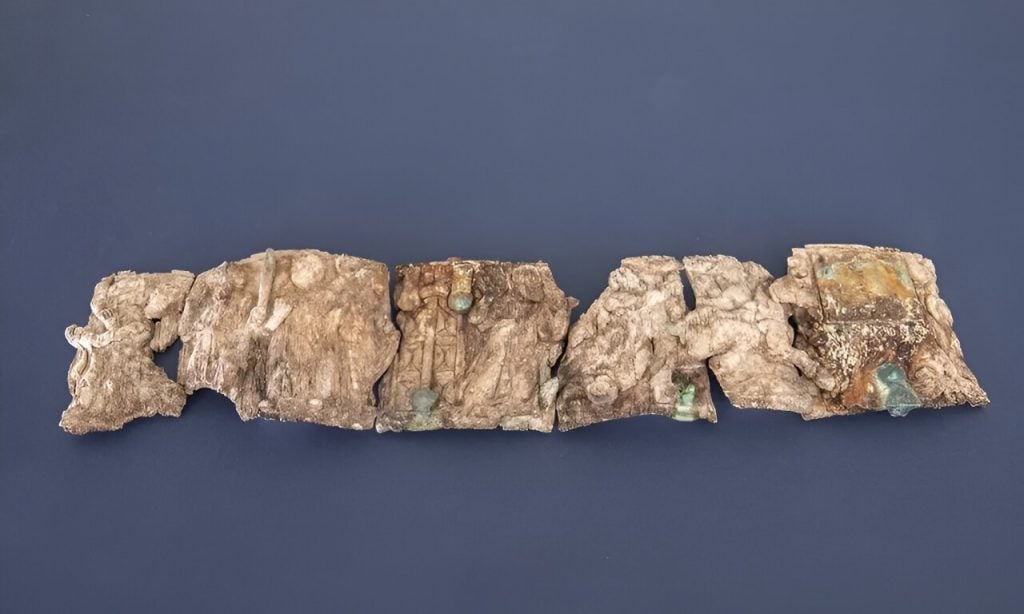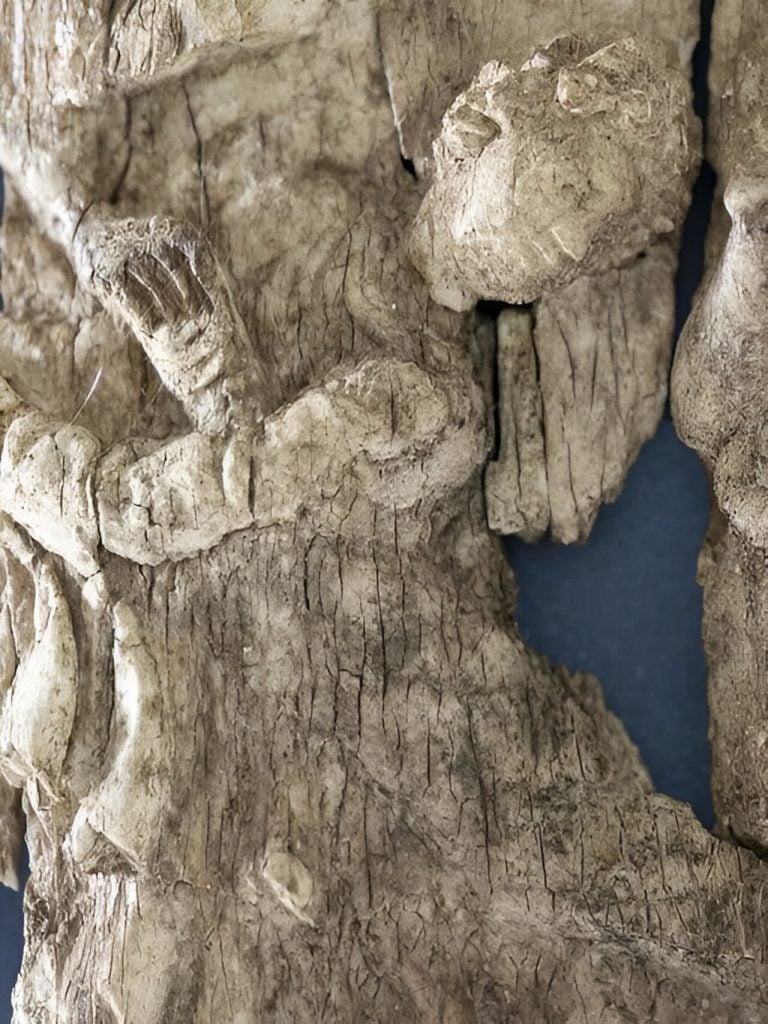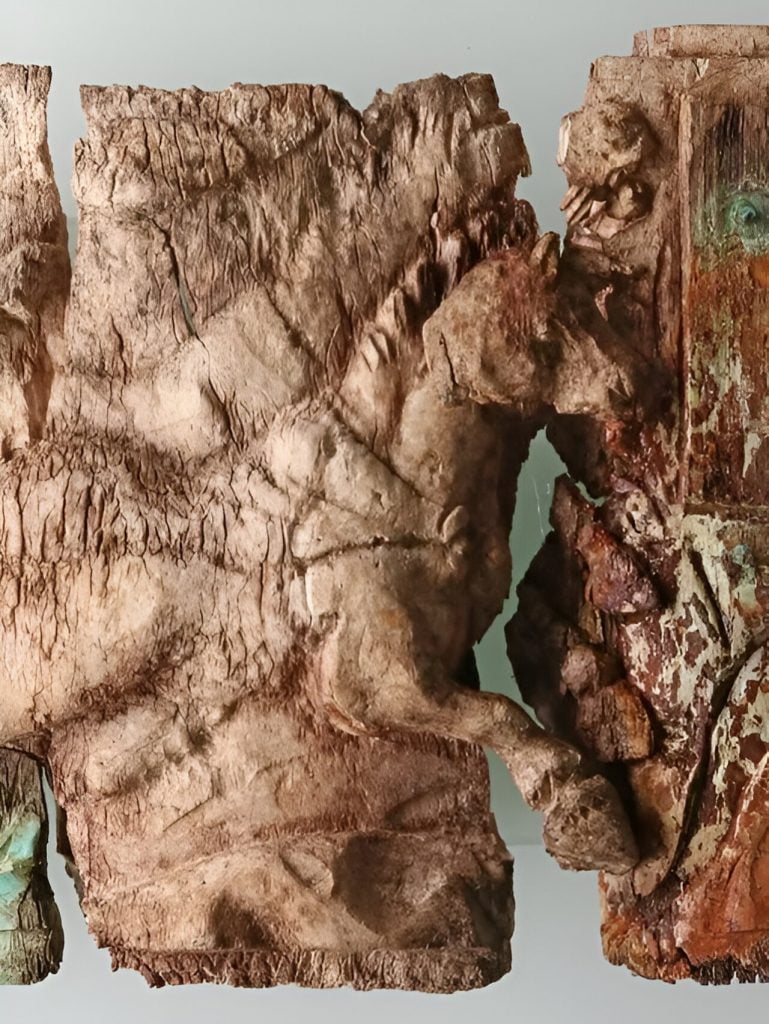Archaeology & History
1,500-Year-Old Christian Ivory Box With Rare Engravings Found in Ancient Austrian Church
Such reliquaries were once used to hold the remains of saints.

Archaeologists excavating an ancient hilltop settlement in southern Austria discovered the remains of a richly decorated ivory box that is some 1,500 years old—the first such artifact to be found in an archaeological context in the country.
The relic was unearthed in an early Christian church, located on the hill, known as the Burgbichl, in the municipality of Irschen, which a team from the University of Innsbruck has been excavating since 2016. It was found hidden under an altar in the church’s side chapel.
Measuring about seven to 11 inches, the artifact was known as a “pyx,” a reliquary used in Christian ceremonies to hold the remains of saints. The use of such receptacles dates to the 4th century; though they were often crafted out of gold, silver, or enamel, ivory began to be used around the Middle Ages, its milky white shade symbolizing the sanctity of the boxes’ contents.

The individual fragments of the ivory pyx found in a marble shrine laid out as a panorama. Photo: University of Innsbruck.
According to Gerald Grabherr, who leads the team, only about 40 such ivory pyxes have been found worldwide. “The few pyxes that exist are either preserved in cathedral treasures or exhibited in museums,” he explained.
While these receptacles are deemed the holiest part of a church, in this case, the Irschen pyx appears to have been left behind when the building was vacated. The settlement is believed to have been abandoned around the year 610, when the Battle of Aguntum was waged between Slavic armies and Baiuvari settlers.
Since its discovery in 2022, the box has undergone restoration, including a long drying process to prevent the ivory fragments from cracking or shrinking. While the larger portions are deformed such that researchers can no longer restore the box to its original state, the ivory has been conserved to a point that they can now study its engravings.

Detail of Moses receiving the commandments from the hand of God. Credit: University of Innsbruck
The fragments depict various Biblical figures, including Moses receiving the Ten Commandments from God, his gaze turned away while a hand reaches out from the clouds to place an object in his arms.
Most compelling is a scene portraying the ascension of Jesus, featuring a man on a chariot being pulled up into heaven—an image that Grabherr noted is incredibly rare.
“We assume that this is a depiction of the ascension of Christ, the fulfillment of the covenant with God,” he said. “The depiction of scenes from the Old Testament and their connection with scenes from the New Testament is typical of late antiquity and thus fits in with our pyx; however, the depiction of the ascension of Christ with a so-called biga, a two-horse chariot, is very special and previously unknown.”

Detail of the Ascension of Christ on a biga. Photo: University of Innsbruck.
Studies of the pyx are still ongoing, particularly around the origins of its materials. The team hopes to use stable isotope analysis to determine more exactly the source of the ivory. “Metallic components—the hinges of the pyx were made of metal—are also still being examined, as is the glue that was used for the ivory,” said Ulrike Töchterle, head of the university’s restoration workshop.
Though archaeologists thought the pyx might still hold its saintly remains, an investigation of how the fragments were layered in the shrine indicate that the vessel was long broken and its contents lost, likely in late antiquity. Still, said Grabherr, “the archaeological and art-historical significance of the pyx cannot be denied.”





